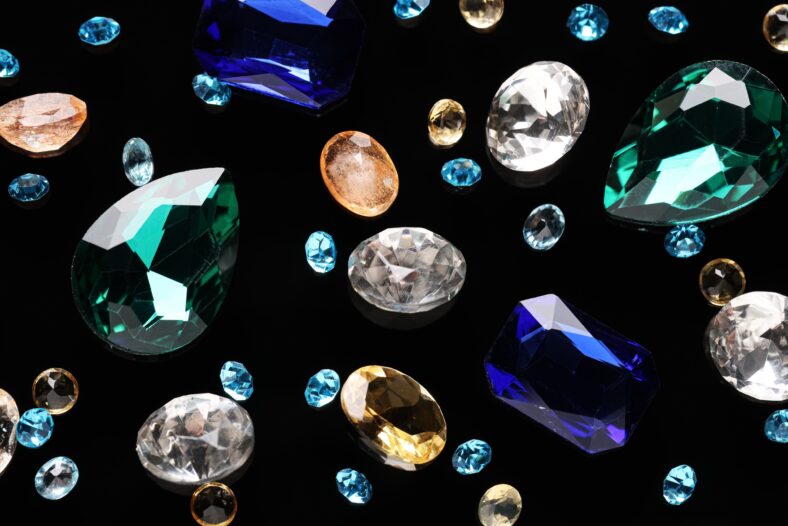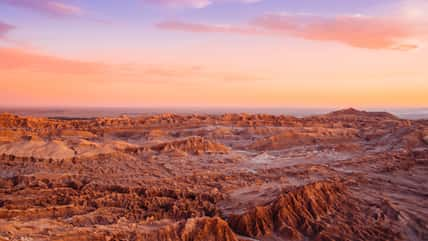Jewels Tied To Buddha’s Remains Were Set To Be Auctioned, But Many Say It’s Cultural Theft

In 1898, a British landowner named William Claxton Peppé excavated an ancient funerary monument on his property in northern India and ended up unearthing a large trove of jewels, along with ash and fragments of bone. According to an inscription, the remains belonged to Buddha, who was thought to have been buried nearby.
A total of 1,800 precious jewels were found, and Sotheby’s Hong Kong had planned to auction more than 300 gems from the site.
Many Buddhists consider the gems to be sacred, so the sale of the trove has upset religious leaders, scholars, and Indian government officials.
“These sacred relics…are part of India’s and the global Buddhist community’s spiritual and cultural heritage,” wrote India’s cultural ministry in an Instagram post. “[The] sale violates Indian laws, international norms, and U.N. conventions.”
The post includes a photo of a legal notice that the ministry sent to Sotheby’s. It urges the auction house to cancel the sale, return the jewels to the Indian government, and offer a public apology. Per the ministry, the auction house has responded to the legal notice and will be looking into the matter.
The sale was scheduled for May 7, and the bidding started at around $1.3 million. Peppé’s estate was located in the village of Piprahwa, which is just south of India’s border with Nepal. It held several stupas, or Buddhist funerary monuments.
The first stupa at the site was likely built around 400 B.C.E. at the time of Buddha’s death. Officials believe the gems were buried at the site when the stupa was rebuilt in 240 B.C.E. After Peppé ordered the excavation of the stupa, his workers came across a vaulted chamber.
Inside the chamber, there was a sandstone chest with five special containers for holy relics. They held bones, ash, and 1,800 pearls, sapphires, rubies, topazes, and other gems. One of the containers featured a short inscription suggesting that the bone fragments belonged to Buddha.
Under the 1878 Indian Treasure Trove Act, the British crown claimed the items. The bones were given to the king of Siam, while some pieces of gold and jewelry were donated to a museum in Kolkata, according to an essay written by Peppé’s great-grandson, Chris Peppé.

Sign up for Chip Chick’s newsletter and get stories like this delivered to your inbox.
In 2013, Chris Peppé and two of his cousins inherited the valuable items. After displaying the jewels in museums around the world, they decided to sell them at auction. However, the sale has prompted backlash among many Buddhists.
“The gems, and his bone and ash, all belong to the Buddha and shouldn’t just be sold to the highest bidder,” stated Conan Cheong and Ashley Thompson, art historians at the School of Oriental and African Studies, University of London.
“And as researchers of Buddhist material culture engaged with current global debates around restitution, we see this sale as perpetuating colonial violence.”
Chris Peppé disagreed, claiming that no Buddhists regarded the gems as relics in the monasteries he visited. He said that it was “an academic construct that is not shared by Buddhists in general who are familiar with the details of the find.”
More About:News





